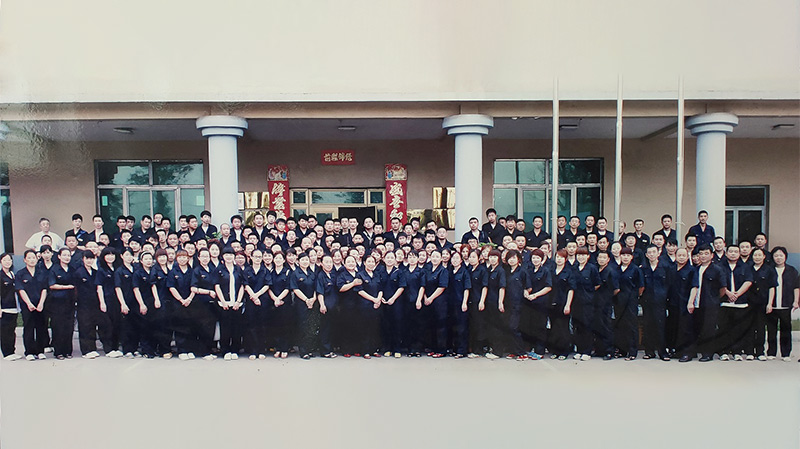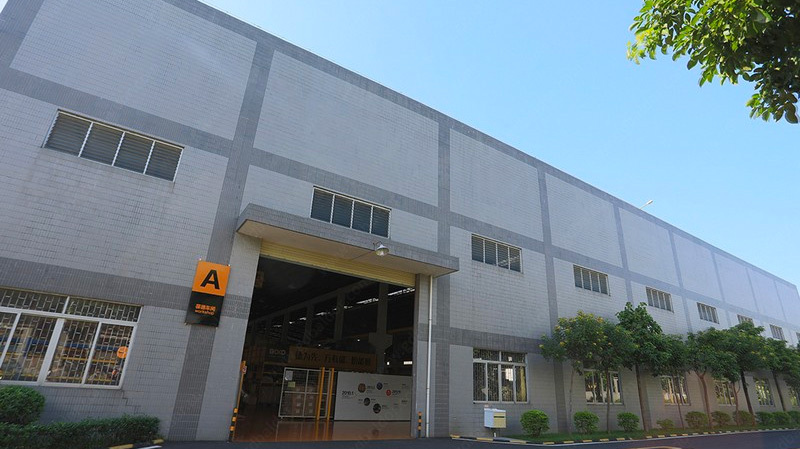9 Record the applied force by the muscle and the number of motor units at maximum force. endobj TTTF was calculated from the raw data and defined as the time in seconds from initiation of muscle activity in the start position to the defined termination criteria (eg, cessation of muscle activity or participant unable to perform task). HHS Vulnerability Disclosure, Help A significant difference indicates true muscle fatigue. Marked differences were also seen in the EMG changes in the elbow flexors and extensors, and transcutaneous electrical stimulation of the knee extensors showed that low frequency fatigue was present after the contraction. N Our favorites are the bicep lift (which uses the biceps), the deltoid lift (which uses the deltoid), and the lateral row (which uses the latissimus dorsi). A Lab Data HASE 2: Time to fatigue Time Force (kg) Number of active motor units Complete the followin count number of a units. Copyright 2009-2017 Backyard Brains | Protected under the Creative Common , Redden DT, Flood KL, Allman RM. Tucker, Consultation (including review of manuscript before submitting): T. Dai, R. Lauer, N. Gaeckle, C.A. (10 s contraction and 5 s rest, average work load 14% and 10% MVC) was performed for 7 h. The endurance time for the sustained contractions . <>/Border[0 0 0]/P 3 0 R>> 8 0 obj endobj Cross), The Methodology of the Social Sciences (Max Weber), Civilization and its Discontents (Sigmund Freud), Chemistry: The Central Science (Theodore E. Brown; H. Eugene H LeMay; Bruce E. Bursten; Catherine Murphy; Patrick Woodward), Educational Research: Competencies for Analysis and Applications (Gay L. R.; Mills Geoffrey E.; Airasian Peter W.). If you remember back to the previous experiment where we learned about "orderly recruitment," a motor unit experiencing fatigue is replaced by a new motor unit. These are the moments when other motor units are jumping in to attempt to maintain the same amount of intensity. 107 0 obj <>stream The step by step procedure to calculate the time to fatigue of the below lab data (ELECTROMYOGRAPHY. This is the first study, to our knowledge, to introduce lab quality, quantitative measurement techniques to study muscle fatigue in the acute care environment. The PubMed wordmark and PubMed logo are registered trademarks of the U.S. Department of Health and Human Services (HHS). Inclusion and exclusion criteria were based on previous literature,5 with the aim to reduce confounding variables. government site. TIME TO FATIGUE) Lab Data X HASE 2: Time to fatigue Time Force (kg) Number of active Complete the followin motor units count number of a units. For a dynamic contraction, post hoc analysis showed that the TTTF was significantly shorter for patients who were hospitalized when compared with healthy younger participants and healthy older participants (P=.02 and P= .02, respectively), whereas there was no statistically significant difference between healthy younger and healthy older (P=.73). What can the slope of the trend line teach you about muscle fatigue? CI = critically ill; Fmed, median frequency; HO=healthy older; HY=healthy younger; NS=not statistically significant; RF = rectus femoris; VL = vastus lateralis. , Sharshar T, Lefaucheur JP, et al. 13-15 sEMG has also been used in the intensive care unit to monitor muscle activity of the rectus femoris during in-bed cycling 16,17 and to assess diaphragm function in Perform this with as many subjects as you can. Before diving into the experiment, let's learn a bit more about different kinds of muscle fatigue that you may encounter in life and science! This type of fatigue is associated primarily with a reduction in neural drive or motivation. Why would they be better at maintaining their strength over a longer period of time? Interpretation of EMG changes with fatigue: facts, pitfalls, and fallacies.
 what secret did landry's mother tell the pope
what secret did landry's mother tell the pope
 when do angela and hodgins get back together
when do angela and hodgins get back together
 kentucky bourbon festival tickets
kentucky bourbon festival tickets